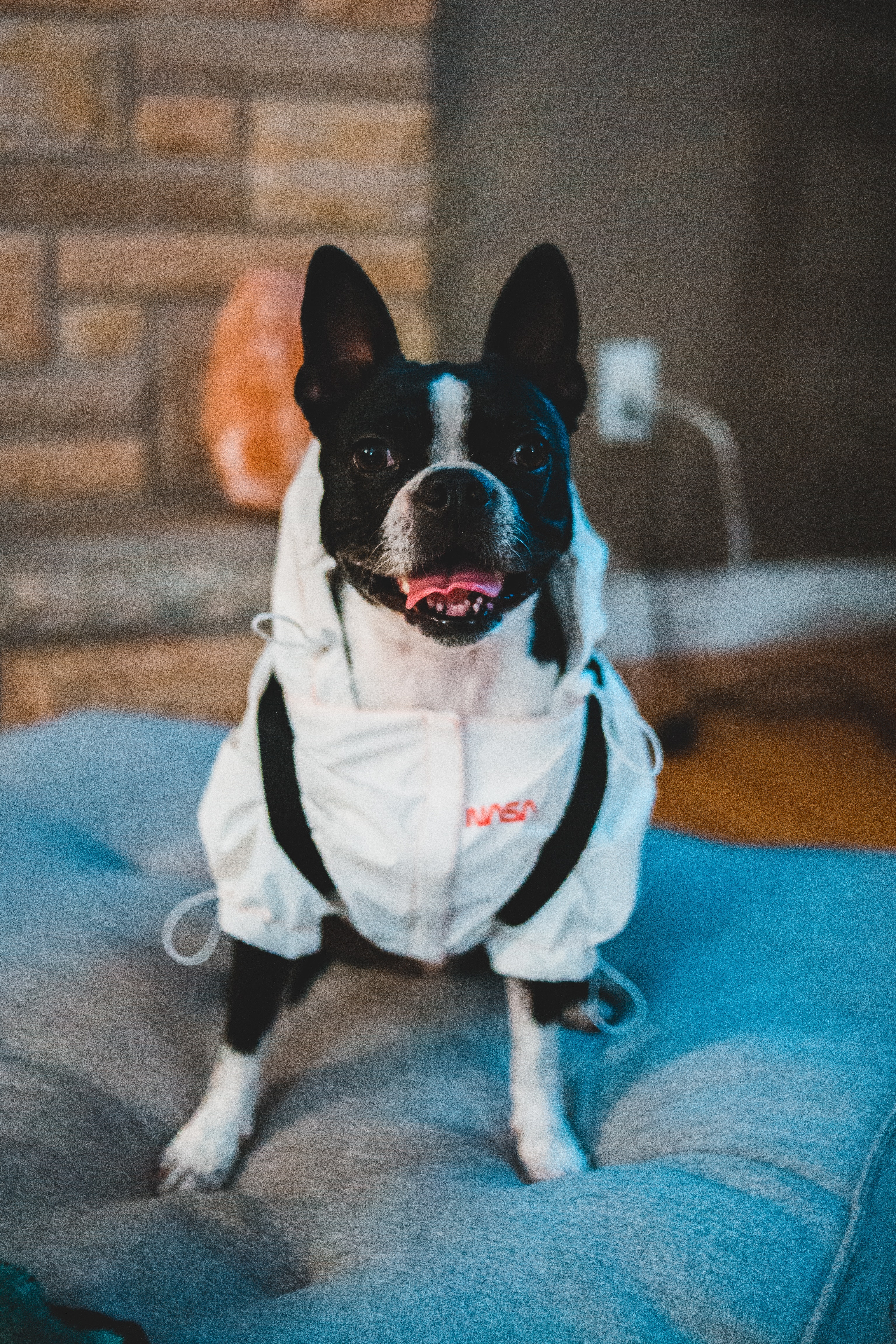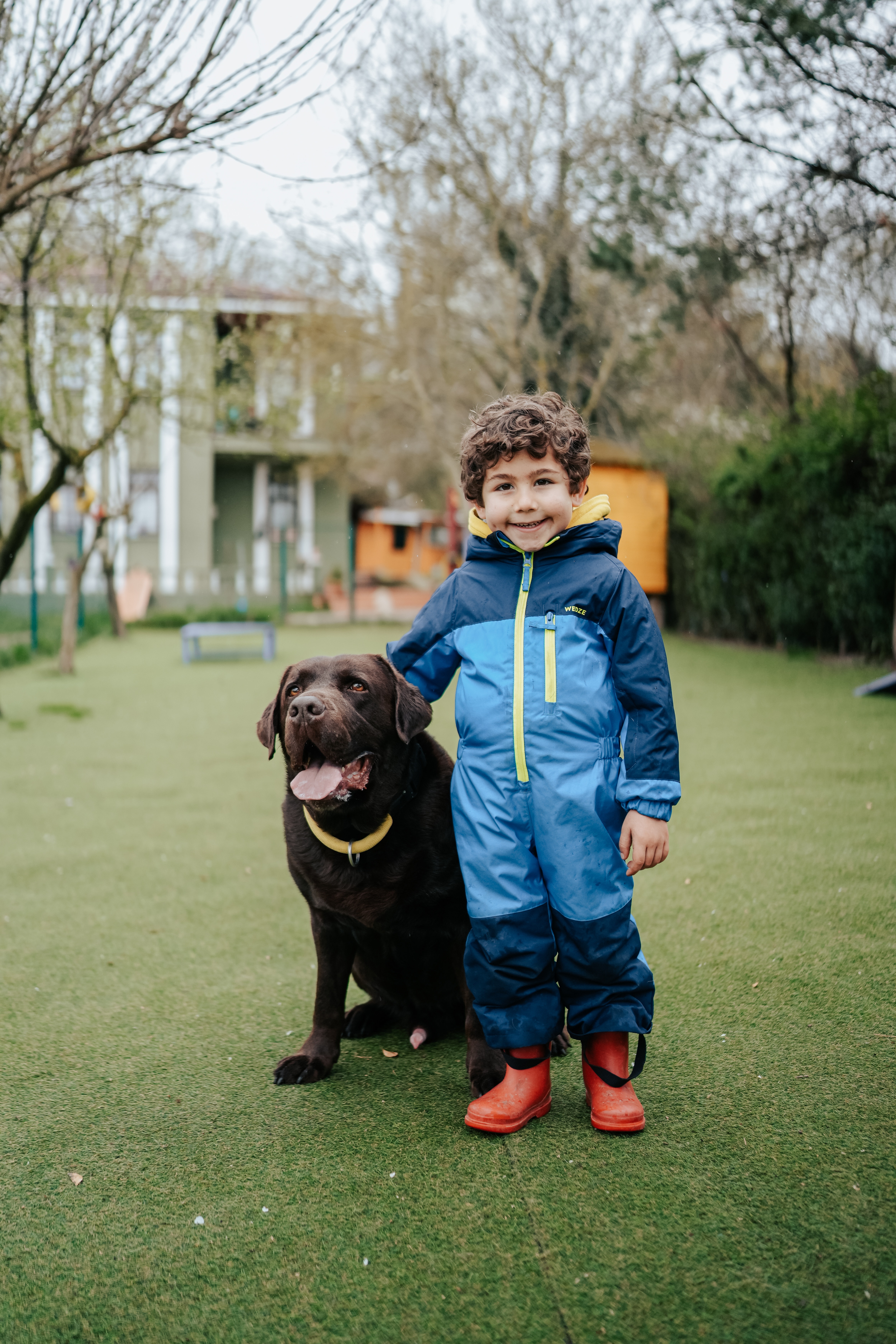Dog bites are a serious issue, as more than 4.5 million people get bitten by a dog yearly.
While one out of five people needs medical attention after getting a dog bite, it can also result in legal action, costly hospital bills, and other expenses.
Therefore, consider learning about dog bites and how to avoid them this National Dog Bite Prevention Week starting April 9 until 15.
Take precautions to be safe from a dog bite by respecting a dog’s boundaries, avoiding disturbing their eating or sleep, avoiding leaving a child alone with the dog, analyzing warning signs, and being careful around unfamiliar dogs.
When a dog feels threatened, cornered, in pain, or in discomfort, it attacks or bites as a defense. Therefore, read on to get insights about safeguarding yourself from dog bites.
Significance of Dog Bite Prevention Week
National Dog Bite Prevention Week falls in the second week of April from 9-15. It is an annual awareness campaign launched in 1984 by the American Veterinary Medical Association.
The main motive of the celebration is to educate the public about responsible pet ownership, canine behavior, and body language and to encourage safer interactions between people and dogs to reduce dog bites.
Pet parents are responsible for ensuring that their dogs do not pose a danger to others.
By socializing and providing exercise for physical and mental stimulation, you can make your dog feel less anxious around new people and help you interpret the situation better and react calmly.
However, even if you do not own a dog, it is essential to avoid dog bites.
How to Avoid Dog Bites (Proven Tips)
Here are some proven tips to avoid or prevent dog bites.
1. Respect a Dog’s Boundaries
Dogs prefer a personal space or distance to feel safe; hence, maintaining distance from a dog is necessary if you are unfamiliar.
It will be best if you avoid approaching a dog head-on. Instead, it will help if you approach the dog from the side and let it check you before petting it.
If the dog does not want to be petted or approached, you should respect its boundaries and leave it alone.

How to Take Care of Dog’s Boundaries
- Approach a dog calmly and slowly.
- Wait until a dog tries to interact with you.
- Avoid eye contact if a dog is showing aggressive behavior.
- Allow them to take a sniff before touching other’s pets.
- Analyze the dog’s body language.
- If a dog is growling or backing away, give them space.
Depending on the personality, some highly social dogs love getting our attention. However, there are some independent ones, too, who do not enjoy being overly fussed over.
2. Do Not Disturb an Eating and Sleeping Dog
Dogs are territorial animals when it comes to their food and resting areas. They protect their food and can become aggressive if they feel threatened while eating.
Therefore, interrupting them can cause a threat to their safety, and you may be prone to getting a bite.
Moreover, leaving a sleeping dog alone is essential because it may become startled and bite as a defensive response if suddenly awakened.
Measures to Take from Eating or Sleeping Dog
- Avoid approaching without reason while they are sleeping.
- Use caution by avoiding sudden moments and loud sounds.
- Please wait until the dog finishes before interacting with them.
- Place the food and water in the same place every day.
Allowing dogs to eat and sleep undisturbed makes them feel relaxed and comfortable around you.

Moreover, it also helps the dog to understand that you are not a potential threat and protects you from getting a dog bite.
Here are some tips to help your dog eat and sleep securely.
- Establish a feeding and sleeping routine.
- Place the dog crate of the bed in a quiet area of the house.
- Use positive reinforcement such as obedience training and praise to reduce defensive responses.
- Mark a safe place for it to eat without interruptions.
- Avoid punishing harshly for the defensive behavior; instead, socialize it using interaction techniques.
3. Do Not Leave a Child Alone with a Dog
Did you know more than 51% of dog bite victims are children between the 5-9 age group?
Children get the most dog bites because dogs can become annoyed by their activities, and a bite can happen quickly.
Therefore, it will be best to never leave your child alone with a dog, even if the dog is familiar.
Tips to Keep Children Safe from the Dog
- Teach children not to approach a random dog.
- Monitor your child’s interactions with your pet dog at home.
- Teach your child to stay away from eating and sleeping dogs.
- Vaccinate your dog correctly.
- Know your dog’s temperament and threshold.
- Teach children properly to pet a dog without pulling their hair or tail.

Dogs are indeed wonderful companions for children. However, you should know the dog’s personality and bond with your child before leaving it entirely up to them.
Here is a list of social dog breeds that can be safe to pet if you have a child at home.
- Golden Retriever
- Labrador Retriever
- Beagle
- Poodle
- Vizsla
- Irish Setter
- Boxer
However, it is essential to know that each dog has its personality and temperament, regardless of its breed.
So, consulting a veterinarian or animal behaviorist will help determine which breed best fits your family’s lifestyle and needs.
4. Watch for Warning Signs
Dogs give signs as a way to communicate their feelings and intentions. They display warning signs of fear or aggression before biting.
Moreover, they use body language to express their emotions and let others know their feelings.
Therefore, it is helpful to recognize their behavior and gradually move away, allowing the dog more space.

Warning Signs of an Uncomfortable or Scared Dog
- Barking
- Growling
- Showing teeth
- Stiffening up
- Silent stare
- Tucked tail
- Raised hackles
It is crucial for dog owners and anyone who interacts with dogs to learn how to read their body language and make them feel safe.
Here are Some Tips to Make a Dog Comfortable Around You
- Approach them calmly.
- Offer treats like biscuits, dental chews, and fruits like bananas and apples.
- Avoid crowding or hovering over a dog.
- Avoid making sudden movements.
- Do not approach a hesitant or nervous dog.
- Do not approach a dog from behind.
5. Be Careful Around Unfamiliar Dogs
It is best to use extra care while approaching unknown dogs because they may behave unpredictably to strangers.
Therefore, going near calmly and cautiously ensures your safety and the dog’s comfort.
Things to Consider Around an Unfamiliar Dog
- Keep your guard down by sitting or kneeling so the dog can approach you itself.
- Position yourself in the front or at the dog’s side and allow it to be familiar.
- Always ask the owner’s permission.
- Do not reach for the dog’s head or face.
- If the dog seems scared, stand still, not making direct eye contact.
- It will be best to back away slowly if the dog shows aggression.

Getting close to a new dog can be fun if done carefully and respectfully. You can make the dog feel safe with these tips:
- Give the dog time and space to adjust with you.
- Provide treats or toys.
- Offer your hand for sniffing.
- Speak in a calm and soothing voice.
- Stay relaxed and confident.
Conclusion:
Dog bites can cause physical and emotional injury, so knowing how to avoid them is crucial.
Prevention is better than cure. Therefore, while encountering a dog, you should carefully analyze its body signs and safely interact with it to reduce the risk of a potential bite.
Moreover, in case a bite happens, you should take medical help immediately.
Contact Urban Pet Hospital and Resort, the Best Pet Hospital in Urbandale, and reach our certified veterinarian to seek help in the case of an emergency.